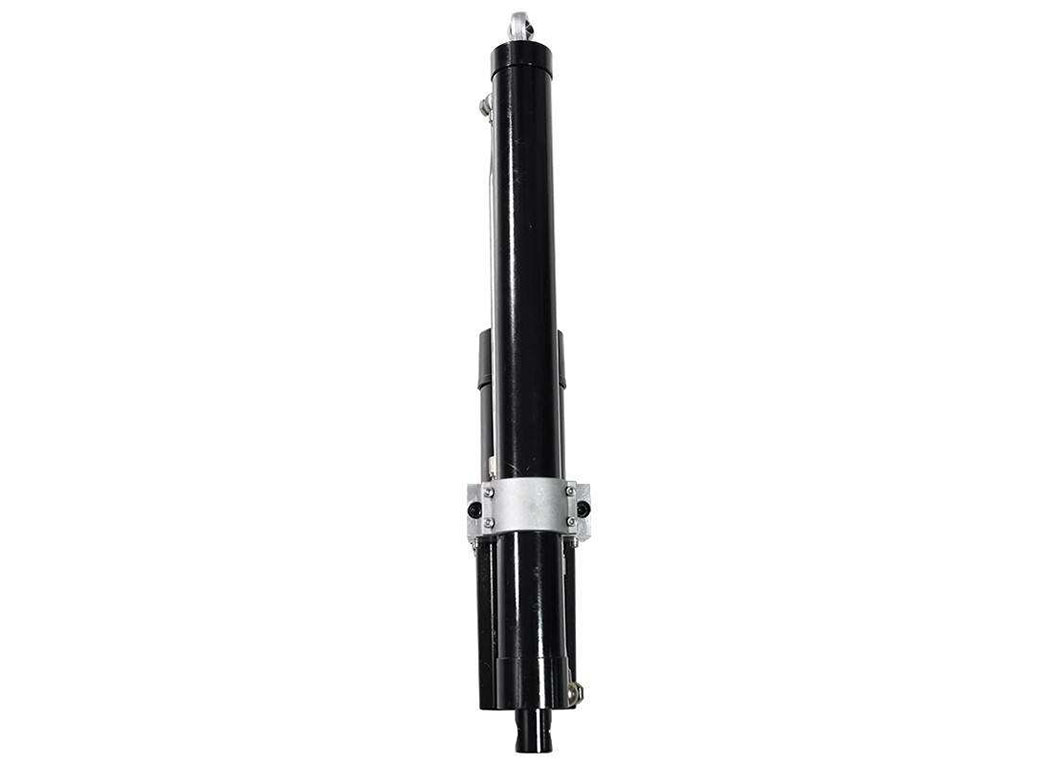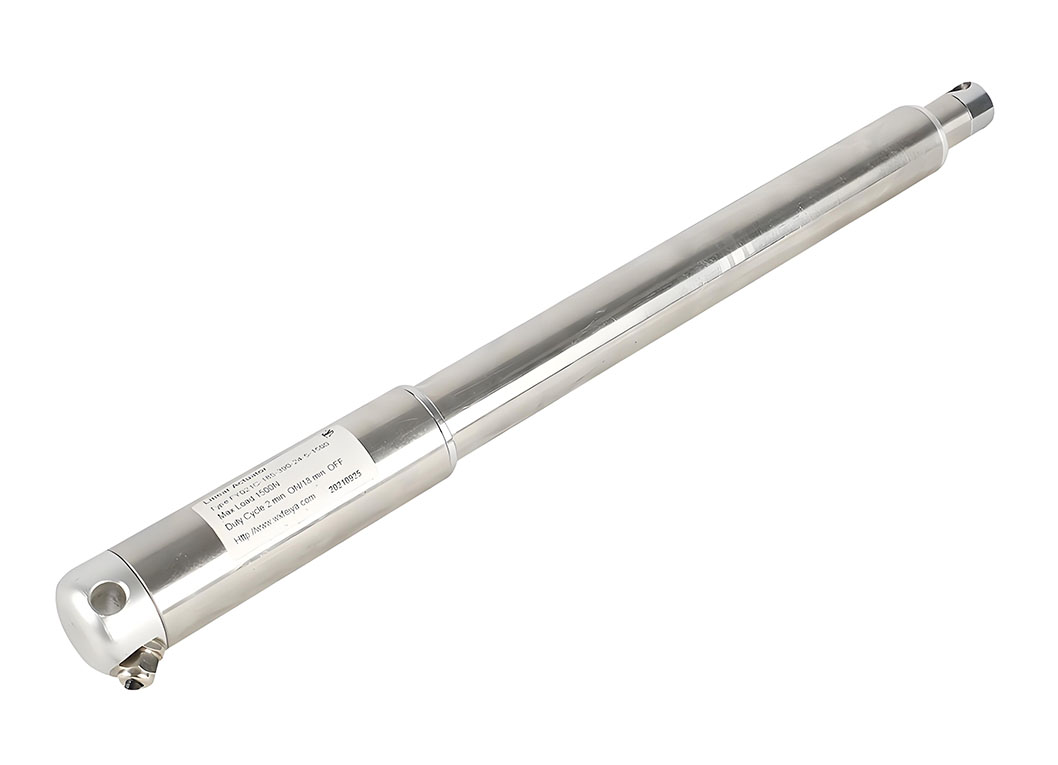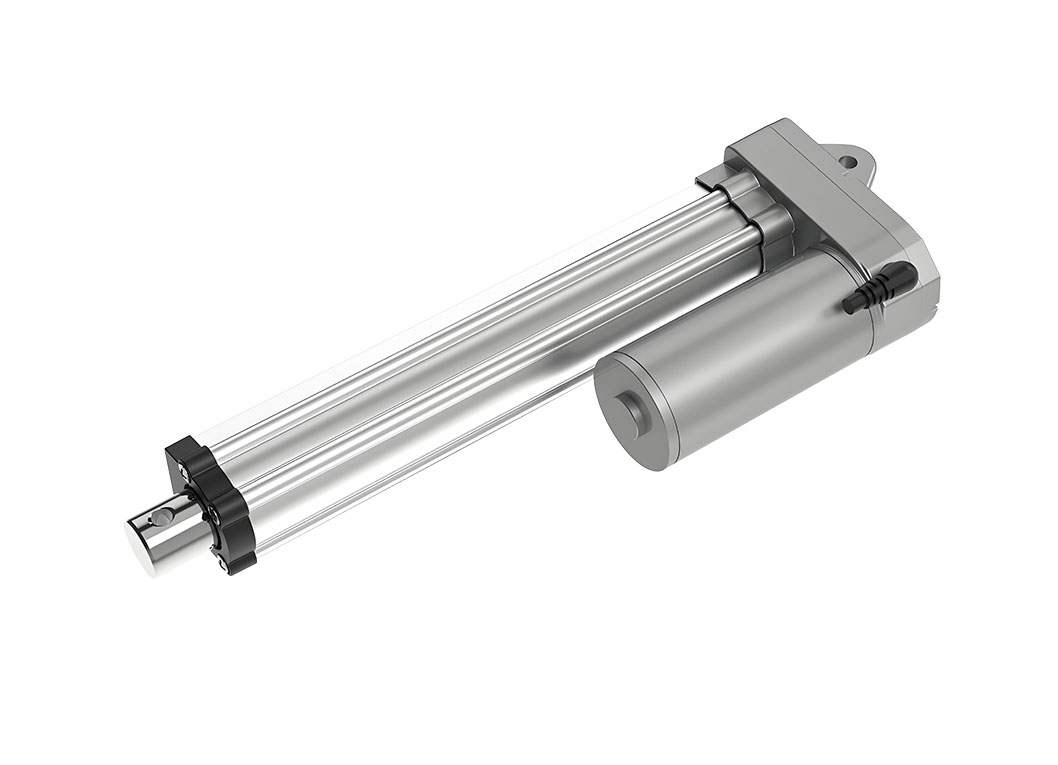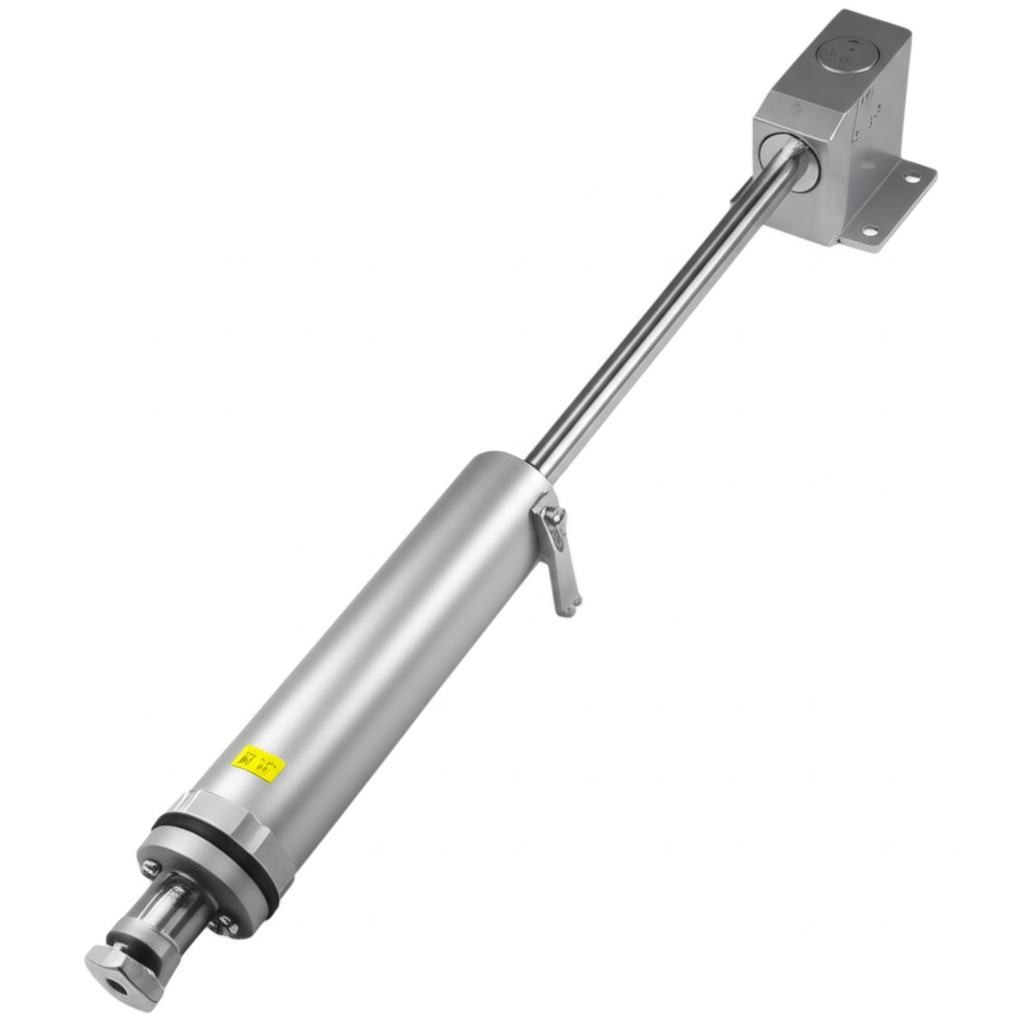Introduction: Precision Control in a Small Package
Tiny parts can make or break a model. You fit the wings. You tune the motor. Then a weak servo makes the plane wobble. We at Jimi have seen it many times. You want precise control. You want smooth moves. You want confidence on every flight and every run. This guide shows you how to pick miniature servo motor actuators that deliver.
Problem first. Then help. We follow the PAS model so you feel the need and then see the fix.
Problem: Common RC Frustrations
- Your aileron jitters mid-turn.
- Steering in your RC car drifts after a hit.
- Aileron or rudder holds wrong positions.
- Servos heat up quickly or stall under load.
- Waterproofing fails on a rainy day at the lake.
These are real pains. They cost flights and fun. They cost money too. A poor servo makes an easy build unstable. That’s the problem you face.
Agitate: Why This Keeps Happening
Most builders start cheap to save money. They pick a low-cost plastic gear servo or a tiny SG90 micro servo. It looks right but it strips under hard landings. Digital servos draw more current than cheap power systems can handle. The whole system browns out during a pull. Jitter wrecks your autopilot scripts on a drone. Poor deadband and slow speed make control surfaces lag behind your commands. You get angry. You lose trust in your model. You want change.
Solution: The Right Miniature Servo Motor Actuators
We at Jimi make and recommend robust parts. A good servo matches torque, speed, weight, and durability to the job. Choose digital where holding power matters. Choose metal gear for impact zones. Pick coreless for fast acceleration and brushless for premium efficiency.

Below we explain the parts, the types, the specs, and the rules we use in our own builds. We show practical examples and simple math so you can pick servos fast.
Understanding Miniature Servo Motor Actuators
Definition & Function
A servo motor converts electrical pulses into controlled rotation. That rotation moves a control surface or a linkage. Look at the servo like a tiny worker inside your model. It reads a PWM signal. It checks position using a potentiometer or an encoder. Then it corrects position until the parts sit where you want them.

Core Components Explained
- Motor: Brushed, coreless motor, or brushless motor.
- Gear train: Plastic gear, metal gear, or hybrid gears.
- Control circuit: Analog or digital.
- Feedback: Potentiometer, optical encoder, or magnetic encoder.
- Output: Servo horn or servo arm that links to surfaces.
How Servos Work (PWM Signal)
Your receiver sends PWM. The servo board reads duty cycle and maps it to angle. The feedback tells the board when the output is at the right spot. That closes the feedback loop. Digital servos refresh the signal faster. That reduces deadband and improves holding power.
Types of Miniature Servos for RC Applications
Control Technology: Analog vs Digital Servos
- Analog servos are simple and cheap. They work well for trims and low-load tasks.
- Digital servos are faster and more precise. They use higher refresh rates. They hold position under load better. They also draw more current so plan your BEC and battery.
Motor Type: Brushed, Coreless, Brushless
- Brushed servos are reliable and affordable.
- Coreless servos accelerate quickly. They lower inertia so the response is snappy.
- Brushless servos are efficient and durable. They are top choice for racing and high-end drones.
Gear Material: Plastic vs Metal vs Hybrid
- Plastic gears are light and cheap. Good for light aircraft and foamies. They strip easier.
- Metal gears handle shocks and heavy loads. They add weight but boost durability.
- Hybrid gears mix both to balance weight and strength.
Size & Torque Classifications
- Sub-micro / Nano servos: under 9g for tiny models.
- Micro servos: 9g–15g for lightweight craft.
- Mini servos: 15g–30g for larger RC planes and cars.
Deciphering Key Servo Specifications
Understanding specs keeps you from guessing.
- Torque (kg-cm / oz-in): Force the servo exerts. Choose at least 1.5x the static load for safety.
- Speed (sec/60°): How fast it moves. For helicopters and aerobatic planes pick faster speeds.
- Operating Voltage (V): Match to your battery or BEC. Some perform better at 7.4V.
- Weight (g): Lower weight helps flight time and handling in planes.
- Dimensions (mm): Must fit the servo bay. Check servo mounting dimensions.
- Bearings: Bushing vs ball bearing impacts friction and life. Ball bearings run smoother.
- IP Rating / Waterproofing: Essential for boats and wet conditions.
Quick spec comparison table
| Feature | Analog (9g-12g) | Digital (9g-12g) | Brushless Mini |
|---|---|---|---|
| Response Speed | 0.10–0.15 sec/60° | 0.06–0.10 sec/60° | 0.04–0.07 sec/60° |
| Torque (at 6V) | 1.5–2.5 kg-cm | 2.5–4.0 kg-cm | 5.0–8.0 kg-cm |
| Idle Current | 10–30 mA | 50–100 mA | 80–150 mA |
| Stall Current | 500–800 mA | 1000–1500 mA | 1500–2500 mA |
| Durability | Moderate | Good | Very High |
| Cost | $5–$15 | $15–$40 | $50–$100+ |
Choosing the Right Miniature Servo: An Expert’s Practical Guide
We at Jimi recommend a step-by-step pick process.
- Define the application. Is it an RC airplane, RC car, RC boat, RC helicopter, or a robotics project?
- Figure torque needs. Multiply static load by 1.5. Add extra for gusts or impacts.
- Check speed needs for the discipline. Slow elevator moves can wreck 3D maneuvers.
- Match voltage and current to your BEC, battery and ESC. Add a capacitor if you see spikes.
- Decide on gear material by durability needs. Use metal gear servo in impact zones.
- Verify weight and dimensions. A wrong fit kills balance.
- Read reviews from trusted brands like Futaba, Hitec, Savox, Spektrum.
Application-Specific Picks
- RC Airplanes: coreless micro servos for foamies, metal gear for larger control surfaces.
- RC Helicopters/Drones: High-speed digital servos for cyclic and tail.
- RC Cars: High-torque metal gear servos for steering and throttle.
- RC Boats: waterproof RC servos with IP rating.
- Robotics & Projects: Match torque and stroke to the mechanism.
Power System Considerations
Multiple digital servos raise current draw. A single stalled digital servo can spike 1–1.5A. Build headroom into your UBEC or SBEC. Consider a capacitor for servo BEC to smooth spikes.

Durability vs Weight vs Cost
If you race or fly in rough conditions buy metal gears and ball bearings. If you train or budget-build pick plastic gears. A hybrid approach often works best.
Installation, Calibration & Troubleshooting
Mounting Best Practices
- Use proper servo mounting brackets.
- Securely fasten without binding the case.
- Avoid over-tightening screws that deform plastic.
- Keep wiring tidy with servo extension cables.
Linkage Setup
- Keep geometry simple.
- Minimize slop.
- Choose the right servo horn length. Short arms give more torque. Long arms increase travel.
Centering & End Points
Center before final gluing. Use your transmitter to set end point adjustments and trims. Prevent overstrain.
Common Issues & Fixes
- Jitter: Check power and ground. Replace worn potentiometer.
- Humming: Could be interference or poor power. Use ferrite beads.
- Stripped gears: Swap to metal gears.
- Overheating: Reduce load or use higher rated servo.
- Brownouts: Upgrade power supplies or add UBEC.
Top Miniature Servo Recommendations & Examples
We list proven picks by budget and use. These are sample roles not a catalog.
- Entry-Level / Hobbyist
- TowerPro SG90 or MG90S for basic models. Cheap and light. Great for trims and tiny gliders.
- Mid-Range Performance
- Hitec HS-55/HS-65 series. Better torque and reliability. Use for trainers and mid-size foamies.
- High-Performance / Competition
- Savox SH-0257MG or Futaba S3150 equivalents. Fast, durable, metal gear, coreless motors and high holding power.
We at Jimi often test these types during R&D. We track torque, speed, and current draw under real loads. That is how we pick parts for customers.
Case Study: Small Drone Control Upgrade
A compact surveillance drone (< 500mm rotor span) jittered in gusts. Standard 9g analog servos lacked holding power. We switched to a 10g digital metal-geared coreless servo. The drone gained 40% flight path accuracy and cut correction latency by 25%. The investment paid back in flight time and reliability.
Jimi Technology: Your Intelligent Automation Partner
We at Jimi build more than parts. We design systems. We make linear actuators, electric cylinders, and controller kits. We deliver quality in small motion control and in larger automation systems. We craft products that match RC needs and industrial standards alike.
Why choose Jimi
- We manufacture to tight specs.
- We test in real conditions.
- We design for service and long life.
- We provide actuator controllers and accessories for complex projects.
- We link on to linear guides & rails and robust mounting solutions.
Explore our range: check our servo motor product page for compatible actuators and accessories at the servo motor product page. Need control boards and remotes see our detailed actuator controllers and accessories for options. Mounting counts so browse our mounting brackets selection for secure fits. Power matters so look at our certified power supplies for stable current.
(Internal links: servo motor product page = https://servolinearmotors.com/products/servo-motors/; actuator controllers and accessories = https://servolinearactuator.com/controllers-accessories/; mounting brackets = https://servolinearactuator.com/mounting-brackets/; power supplies = https://servolinearactuator.com/power-supplies/)
Final Tips and Next Steps
- Pick the right type first. Then match voltage, torque, and weight.
- Use good power hardware like proper power supplies and BECs to avoid brownouts.
- Test on the bench before first flight. Center and set end points.
- Upgrade to metal gears when you need durability.
- If you need help pick parts contact us. We at Jimi advise builders on selection and system design. We can help you choose servos and compatible actuator controllers.
If you want robust parts and expert help start with our servo motor page and then check controllers and mounting options. Build with confidence. Choose parts that match the mission and the load. Your model will thank you in stable flights, crisp turns, and longer service life.



